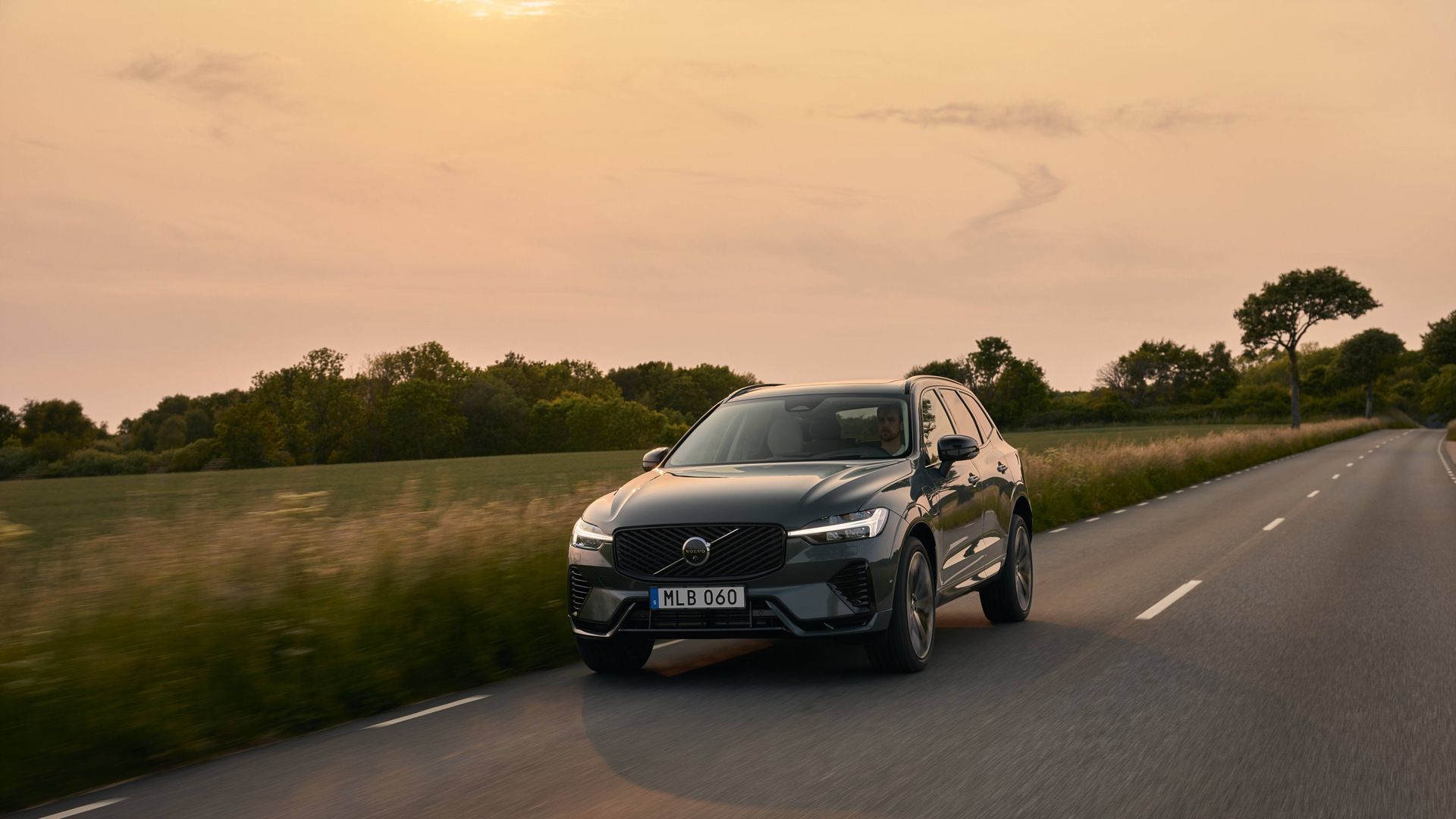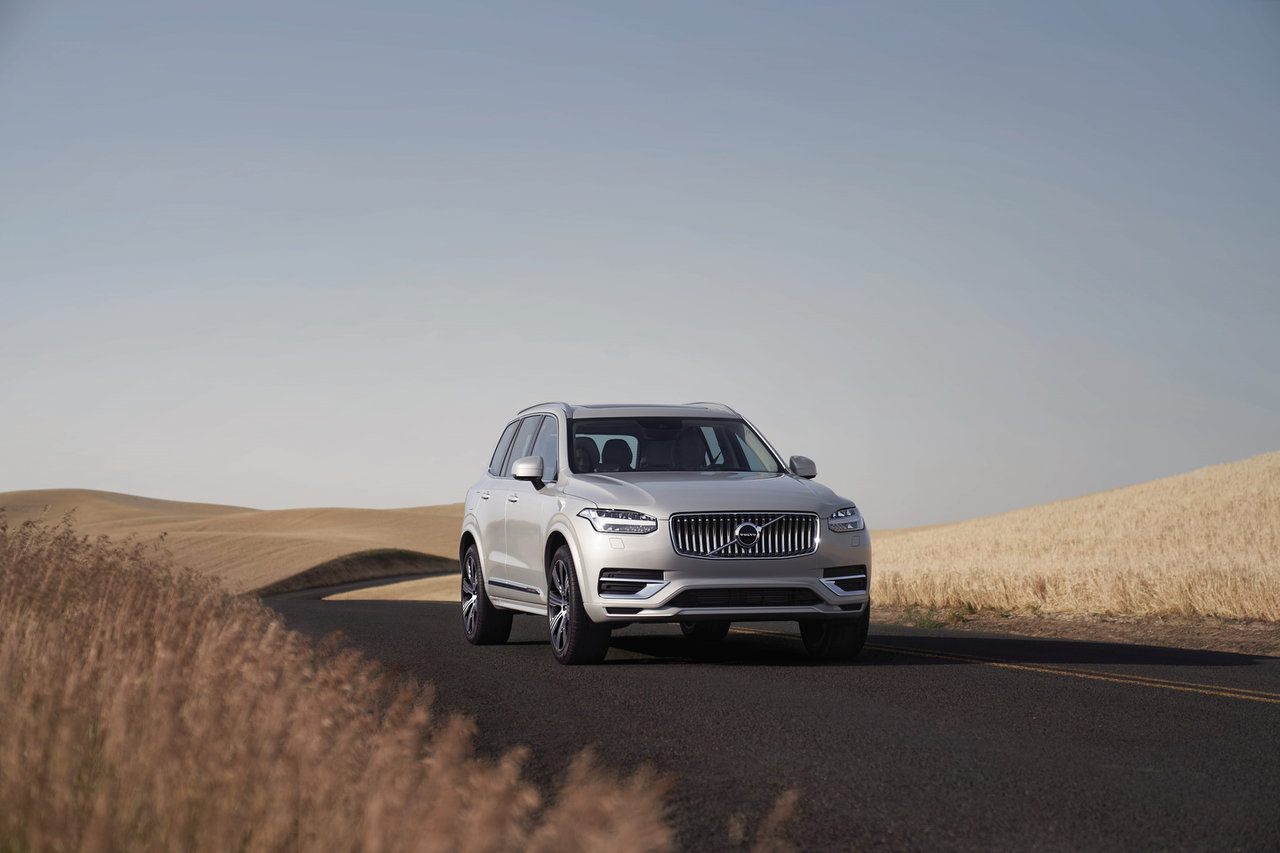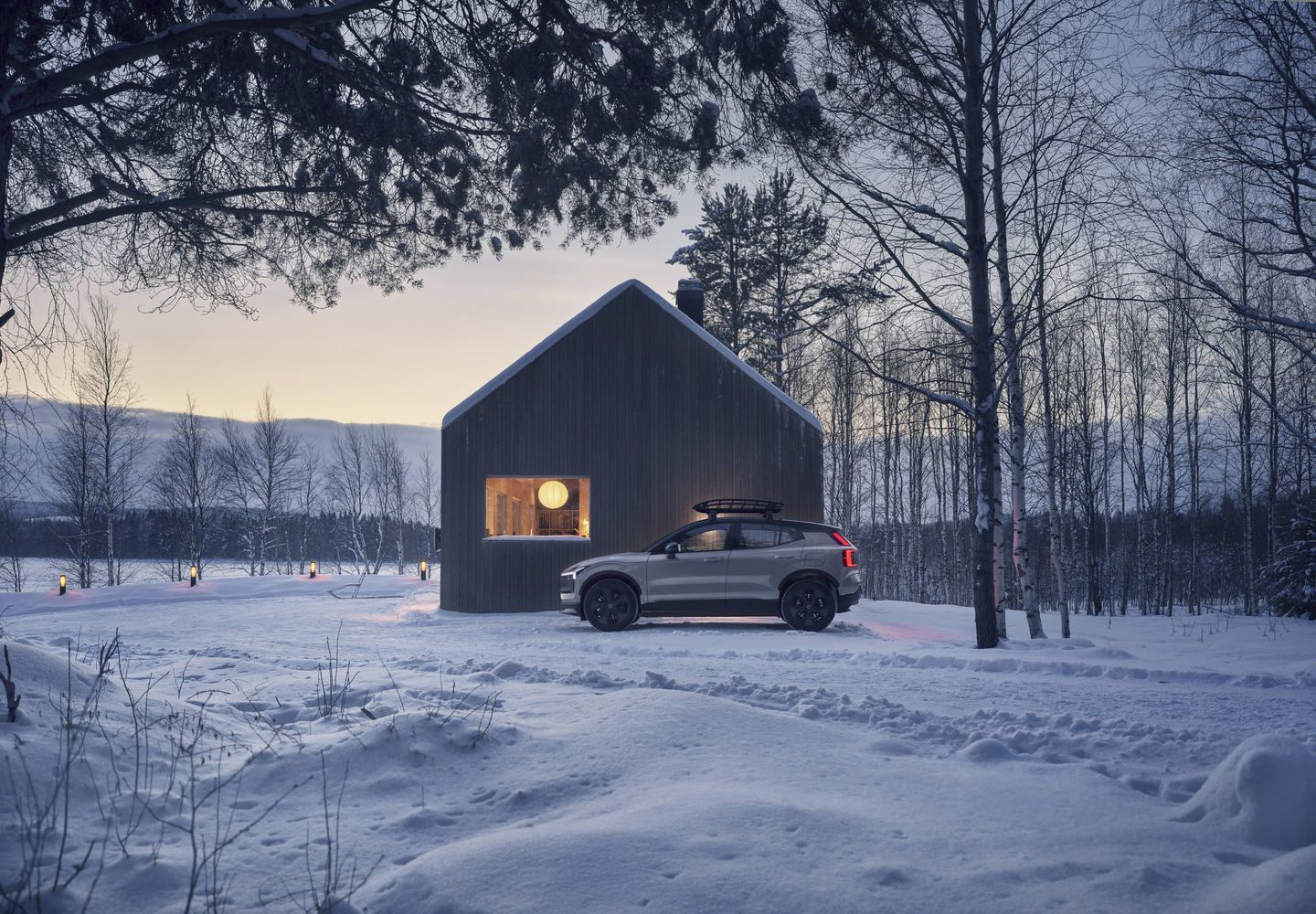The Volvo XC90 continues its maker’s tradition for automotive safety by making use of a multitude of active and passive safety features that have earned It the IIHS’ Top Safety Pick+ award every year since the introduction of the current generation in 2015.
Active Safety
The Volvo XC90 benefits from all of the latest driver assistance features and active safety systems, such as the forward collision alert which warns the driver if another vehicle, a pedestrian, a cyclist or a large animal are in danger of being hit and then applies the brakes on its own if no action is taken by the driver. Similarly, the rear-cross traffic alert with auto-brake monitors the area behind the vehicle and off to the sides when reversing out of a perpendicular parking spot. If a vehicle is detected, an alert is emitted and again, the brakes are automatically applied to avoid the collision if the driver doesn’t respond. The lane keeping assist helps keep the XC90 in its lane by looking at the road marking and steering the vehicle gently back in its lane if it begins to drift out of it. In order to prepare the driver for potentially dangerous events, the XC90 is able to communicate with other connected vehicles on the road to send and receive alerts about dangers such as an ice patch on the road or areas of heavy traffic.
Passive safety
Even the best active safety systems cannot prevent every collision due to their unpredictable nature. This is why passive safety is important and Volvo knows this. The XC90 is one of the safest vehicles on the road even when only considering the passive aspects. The airbags are positioned in the optimal location to provide the best protection to all occupants in case of a frontal or a side impact, as well as a rollover. In the case of a collision from the rear, the whiplash protection system allows the front seatbacks to recline in order to support the head and neck to avoid painful injuries. In addition, the structure of the Volvo XC90 is designed to deflect offset frontal impacts away from the cabin, which reduces the forces applied to the occupants and thus minimises injuries.





